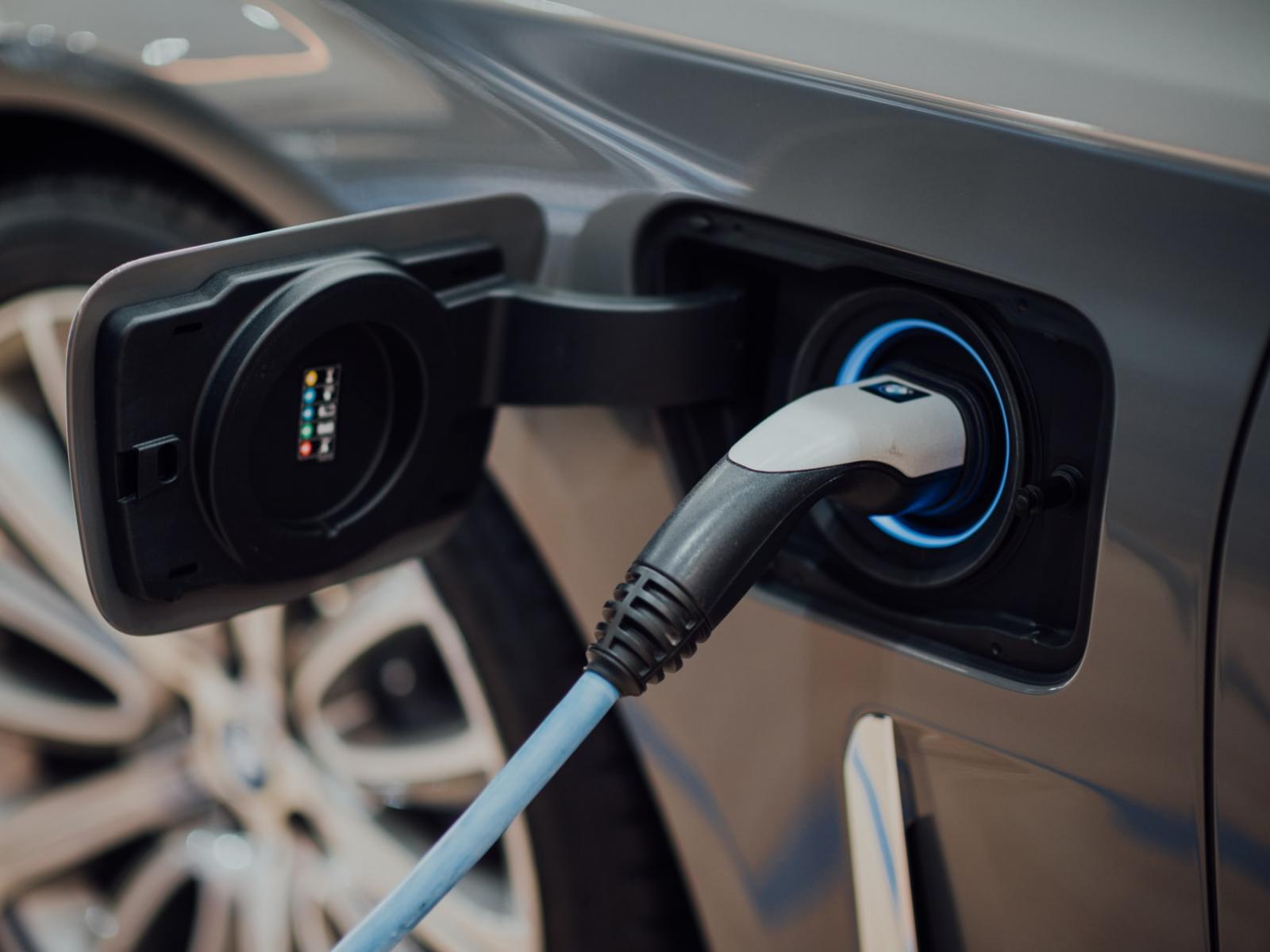PNNL, Southern California Edison Paper Named Best by IEEE
Paper honored in renewables, storage, and electric vehicles category

A PNNL and Southern California Edison paper describing new methodologies for assessing electric vehicle impacts to the grid was selected as a best paper by IEEE.
(Photo by CHUTTERSNAP | Unsplash.com)
A paper developed by a research team from Pacific Northwest National Laboratory (PNNL) and Southern California Edison was named a best paper by the Institute of Electrical and Electronics Engineers (IEEE).
The paper, “Distribution System Planning for Growth in Residential Electric Vehicle Adoption,” was presented July 18 at the 2022 IEEE Power and Energy Society General Meeting. It was presented in the category of Best Conference Papers on Renewables, Storage, and Electric Vehicles.
The PNNL team includes Siddharth Sridhar, Christine Holland, Ankit Singhal, Michael Kintner-Meyer, and Katherine Wolf, who partnered with Southern California Edison’s Anthony James, Jordan Smith, Muhammad Dayhim, and Frank M. Gonzales.
A growing influx of electric vehicles across the nation is expected to impact the electrical grid distribution system. However, the uncertainty surrounding timing of the influx complicates efforts to evaluate impacts to the grid and planning for future distribution system upgrades.
In their paper, the team proposed methodologies—which do not currently exist for today’s utilities—that allow planners to project future electric vehicle adoption with a granular specificity to provide insights into when, where, and what electric vehicles might be adopted and how key drivers, such as rebates, pricing, and socio-economics, might influence their purchase.
The methodologies involve an electric vehicle adoption model that uses socio-economic data to forecast location and year-specific adoption patterns, and an electric vehicle hosting capacity assessment methodology that offers improvements to current utility planning and asset management practices for infrastructure investments.
“Our electric vehicle adoption forecast and impact estimation methodologies could be valuable additions to the utilities’ current planning tool sets,” said Sridhar, the electrical engineer who led PNNL’s team in the study. “They can serve as valuable guides to distribution planning and investment decisions, design of vehicle incentives, and distributed energy resource assessments.”
The team plans to extend their analysis to electric vehicle fleets, including medium- and heavy-duty vehicles—with the goal of consolidating the methodologies into one tool that will be offered to utilities, city and municipal planners, charging infrastructure developers, and fleet operators.
The research is supported by the Department of Energy’s Vehicle Technologies Office.
Published: August 4, 2022